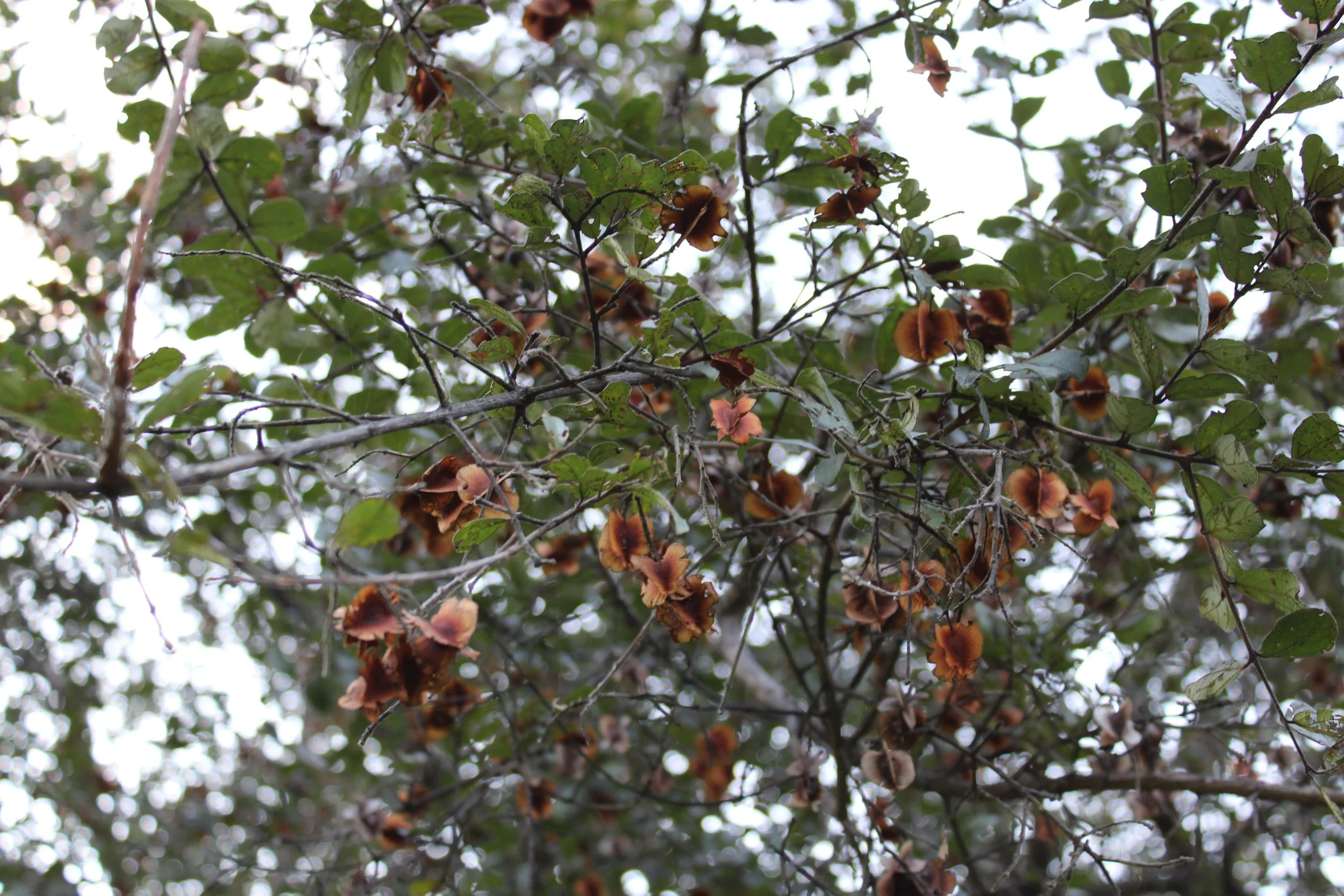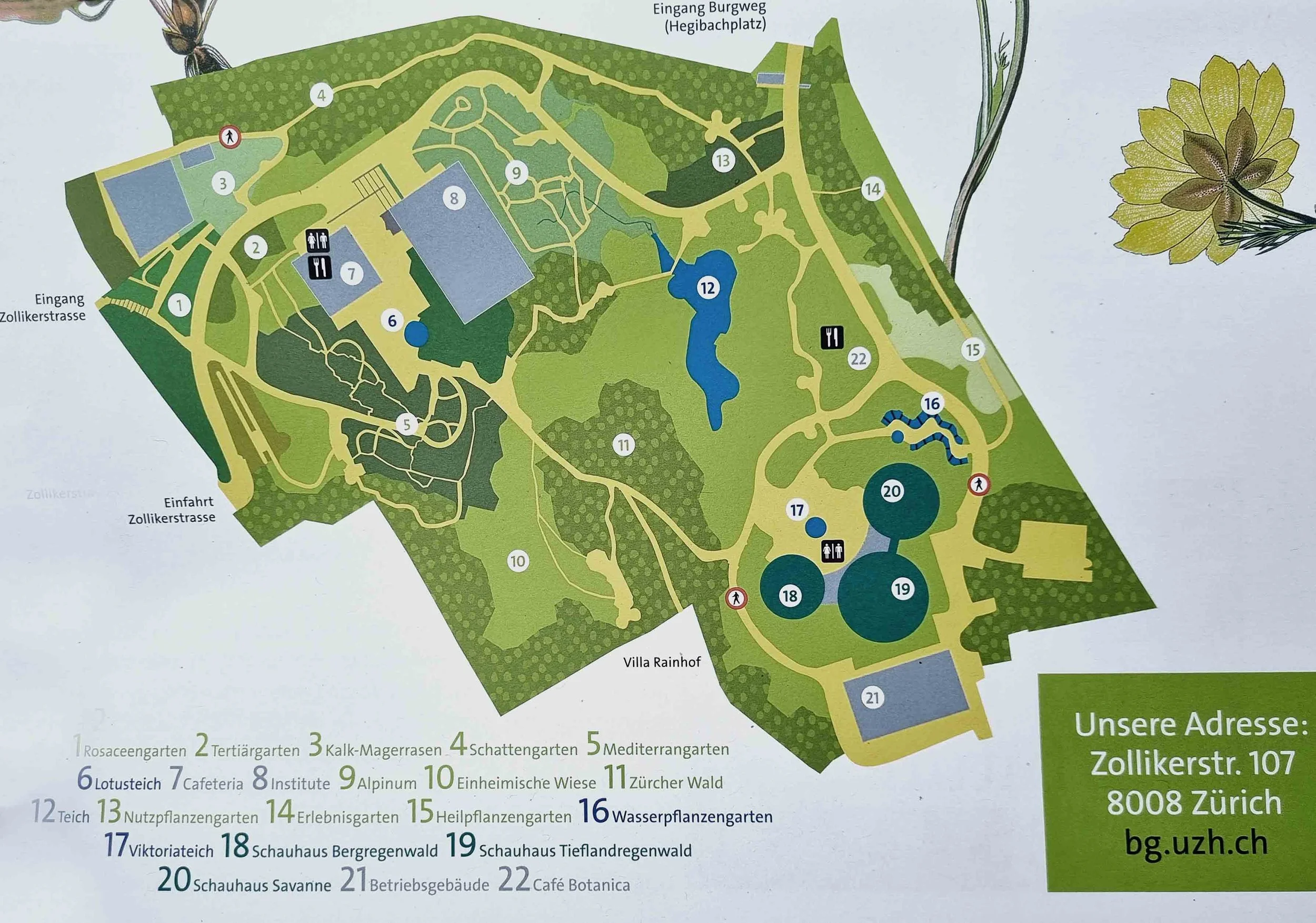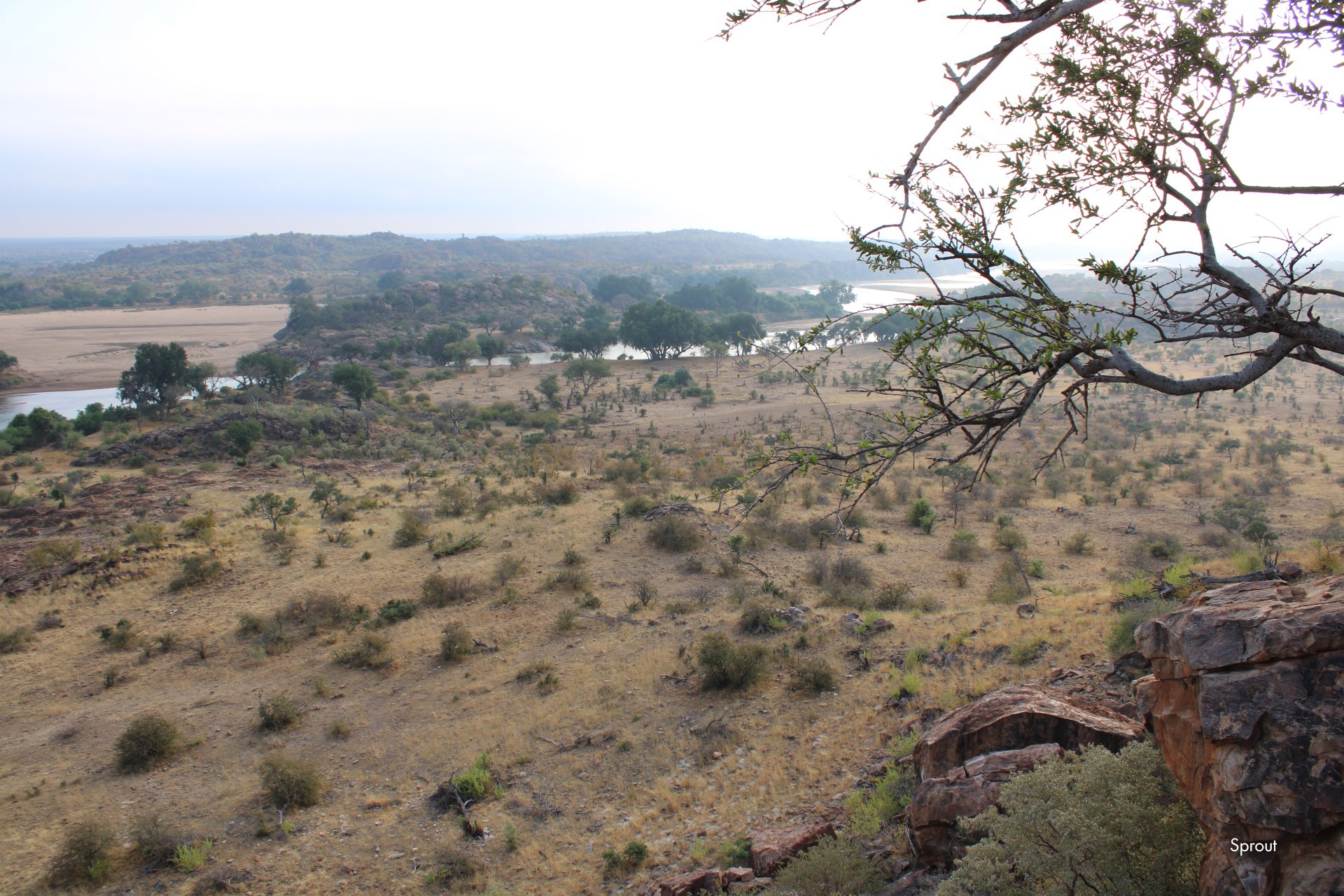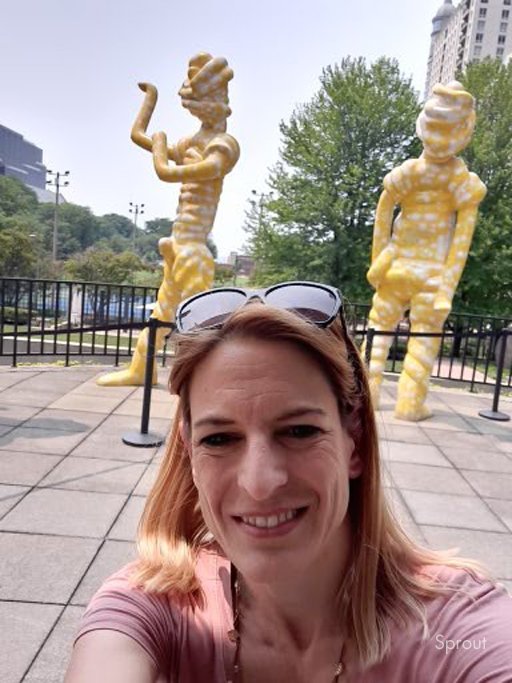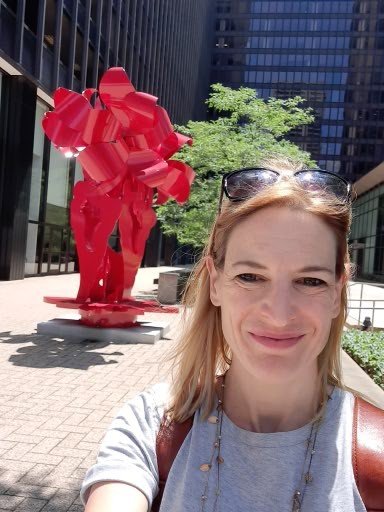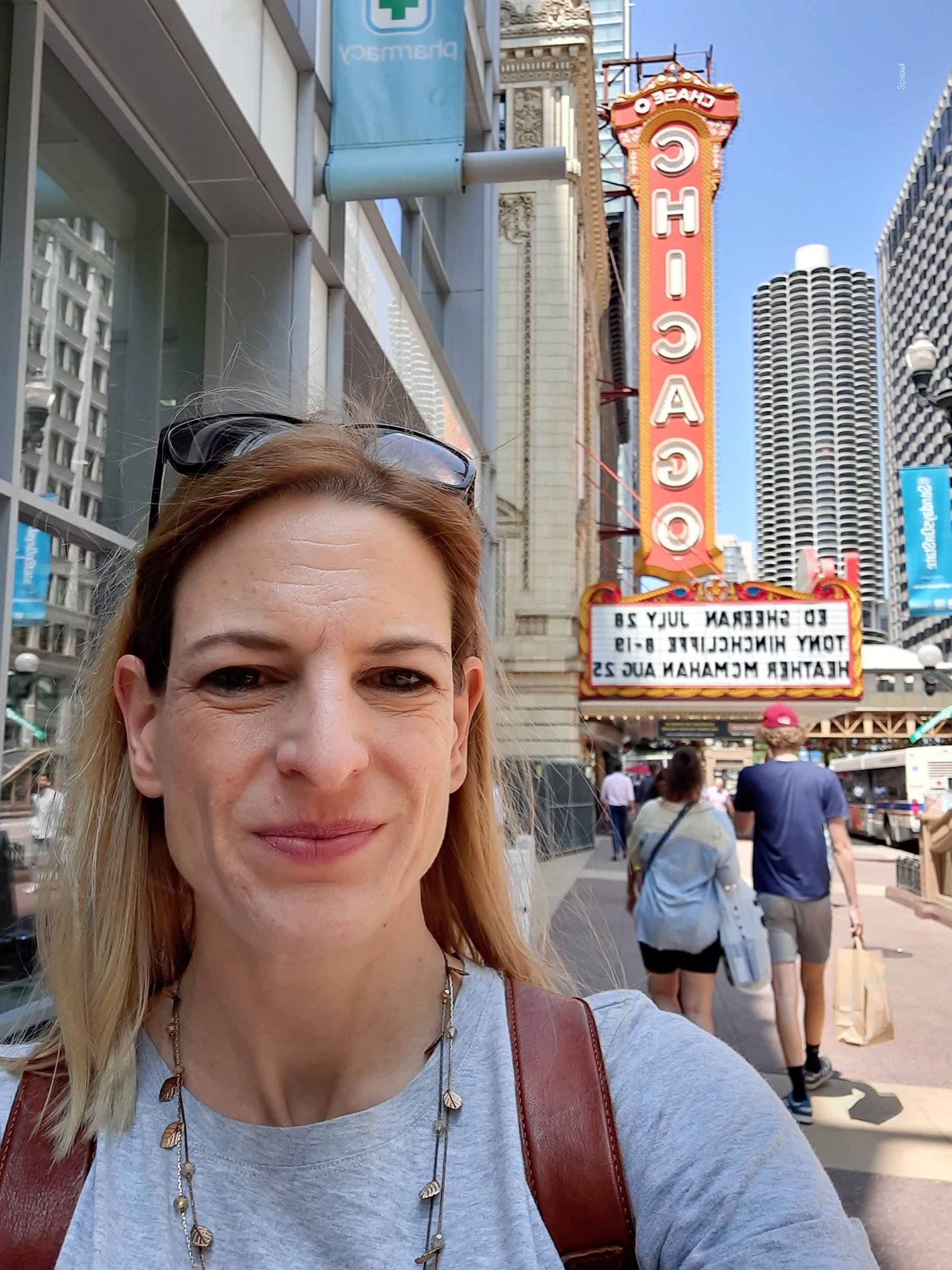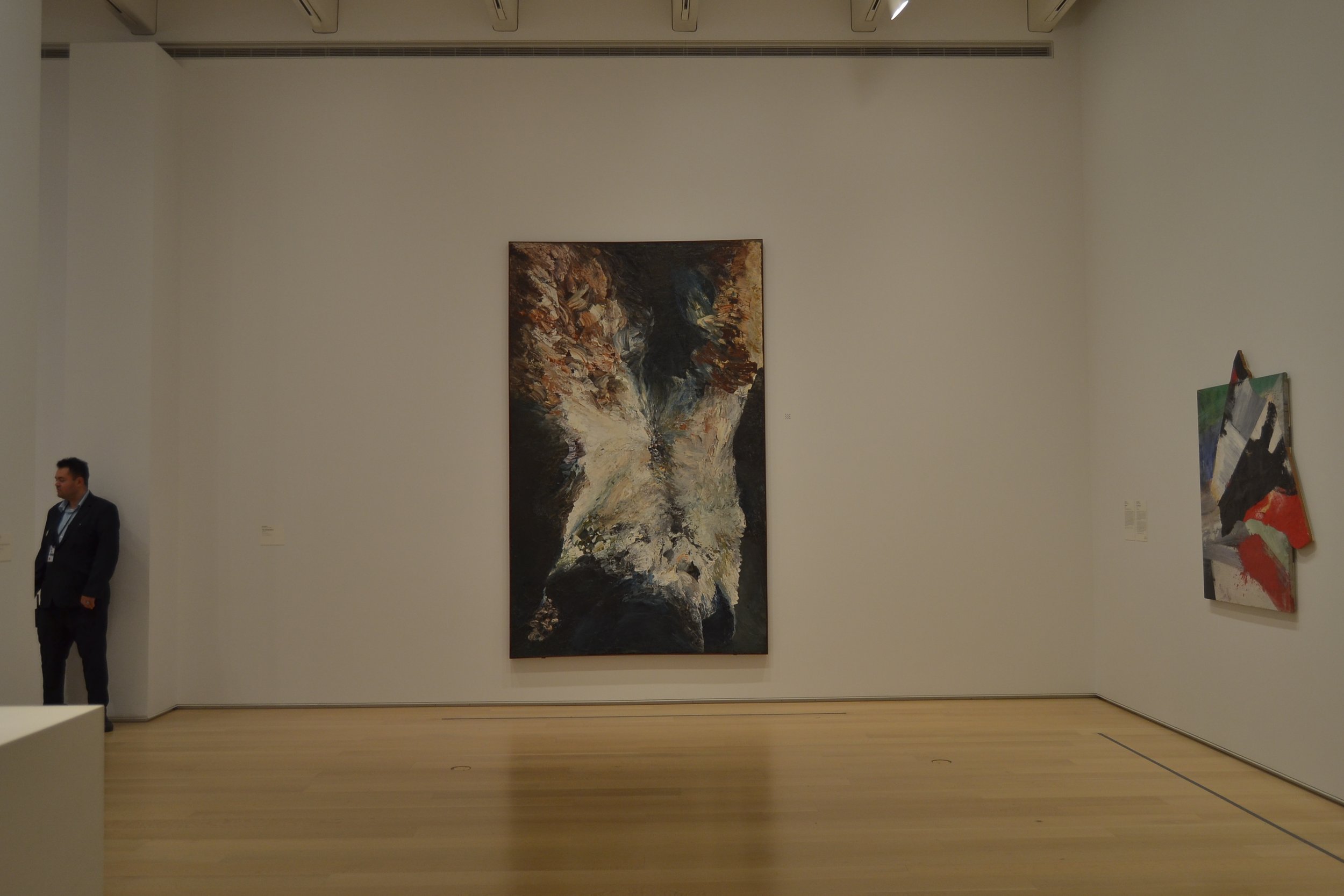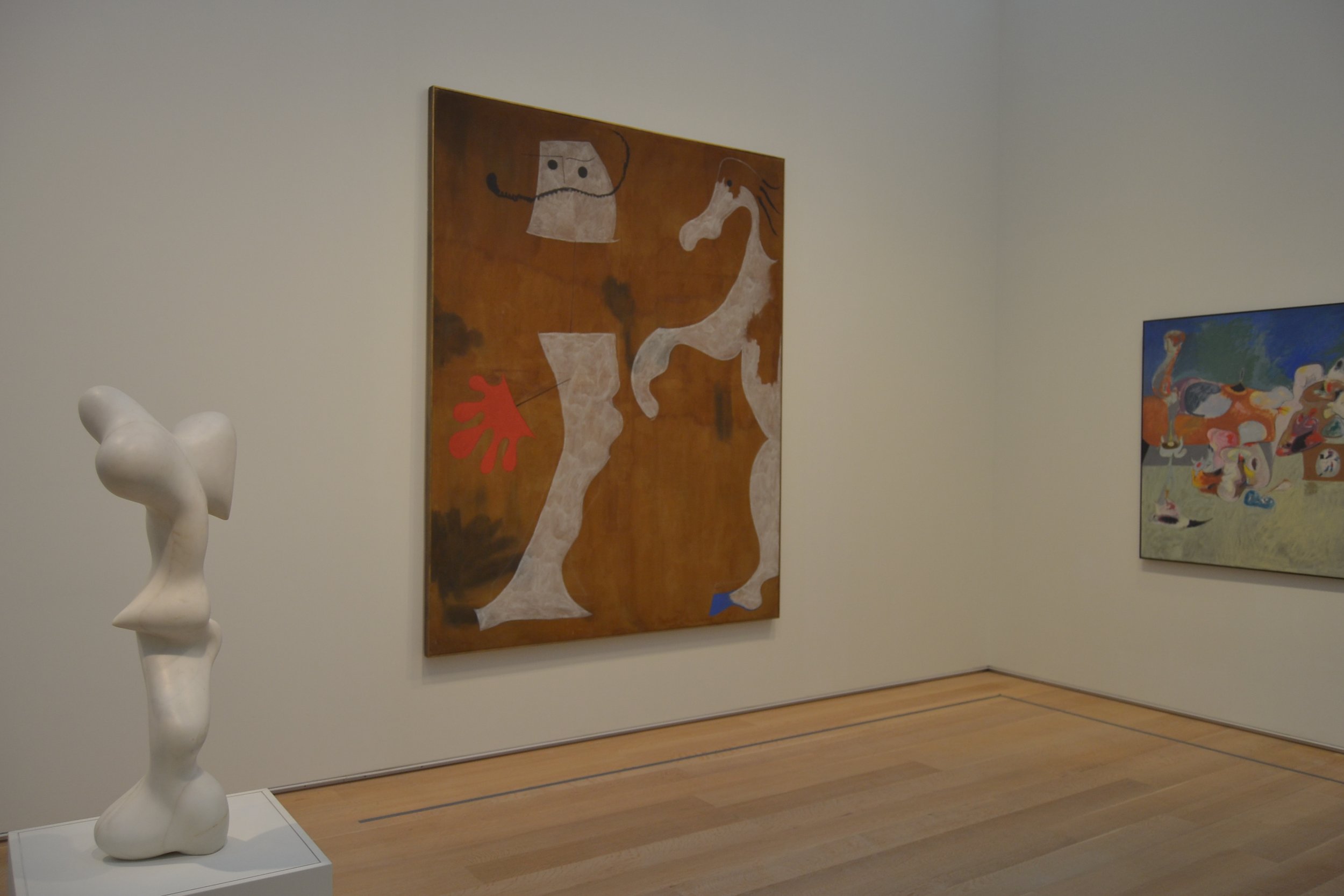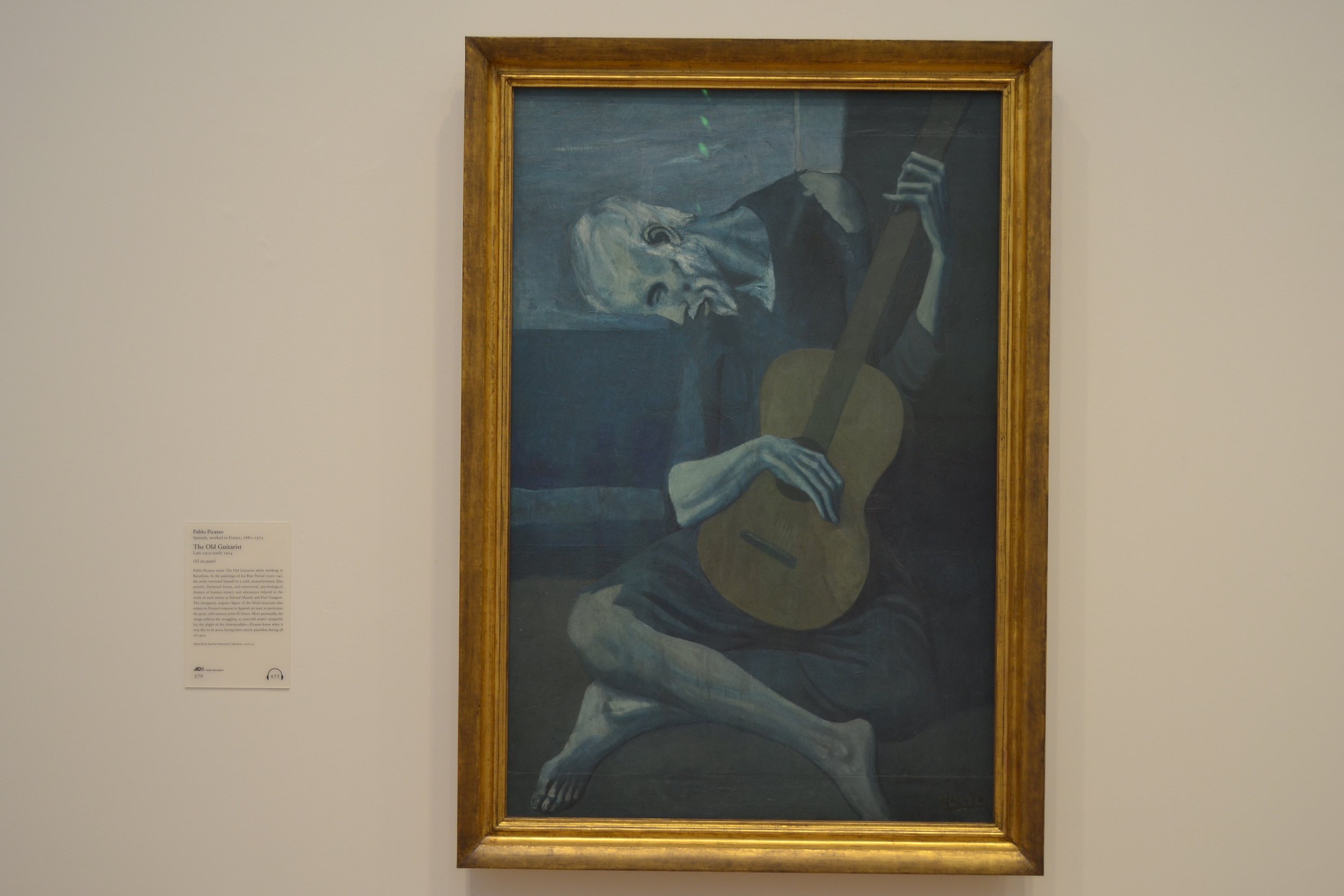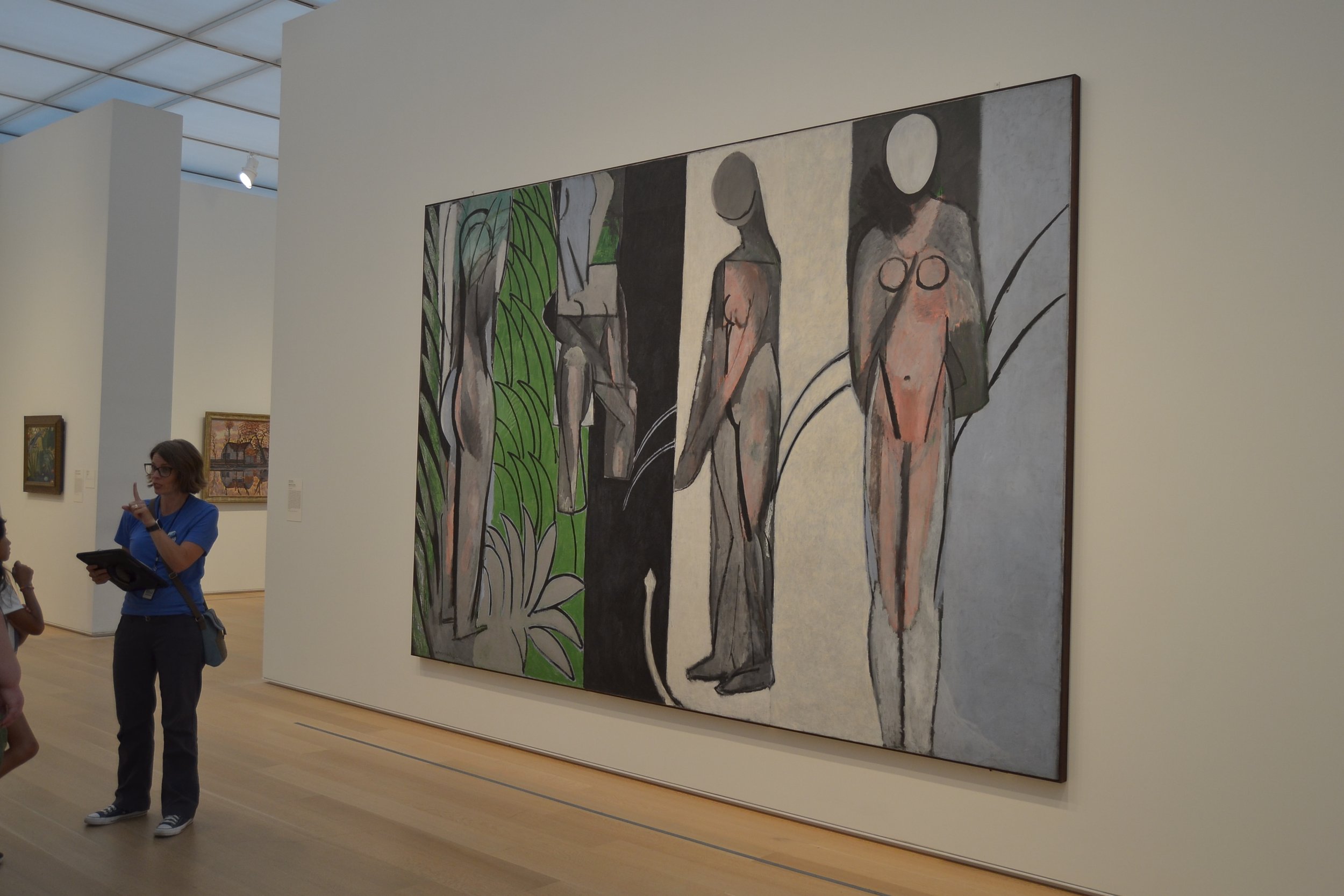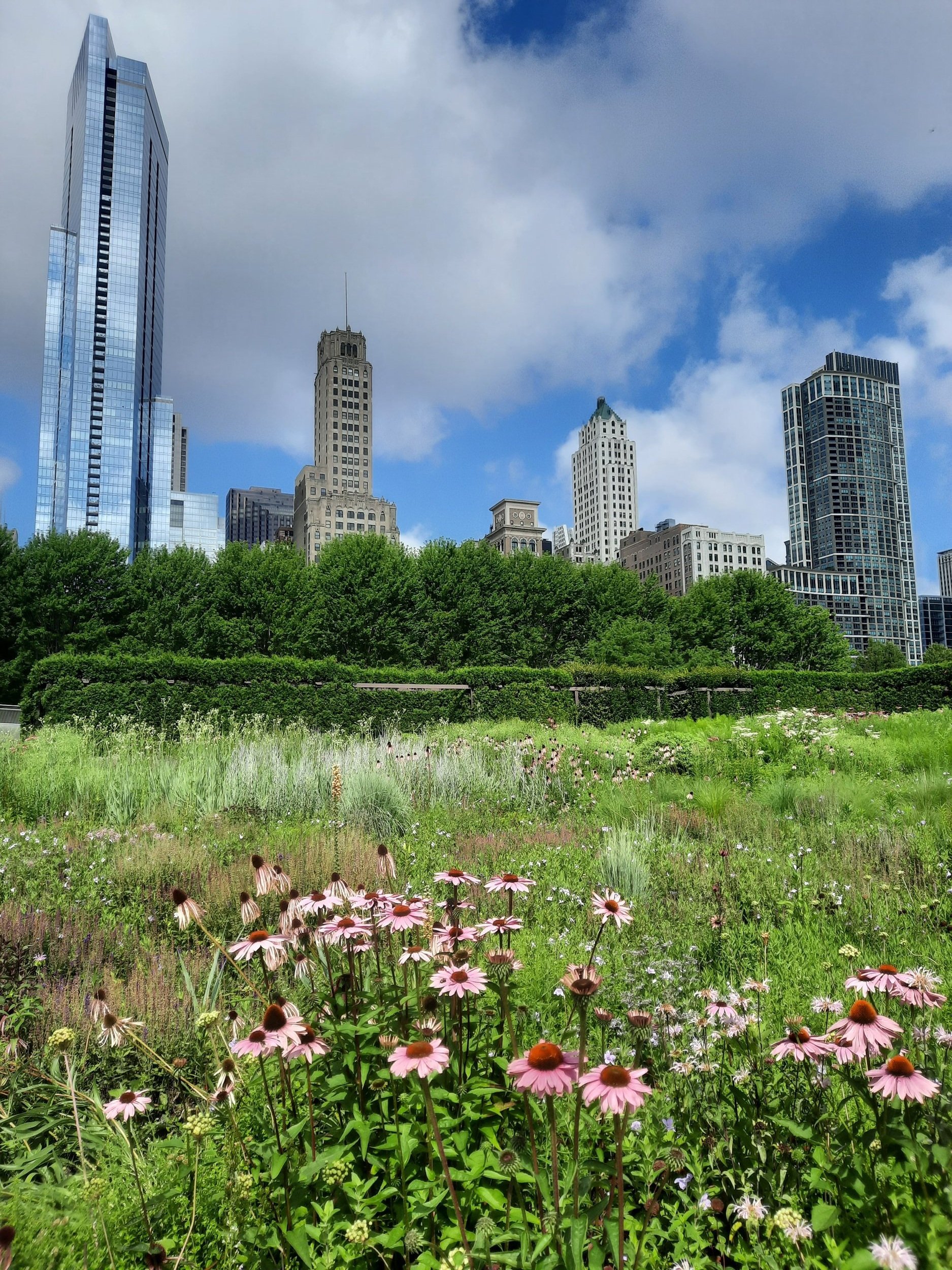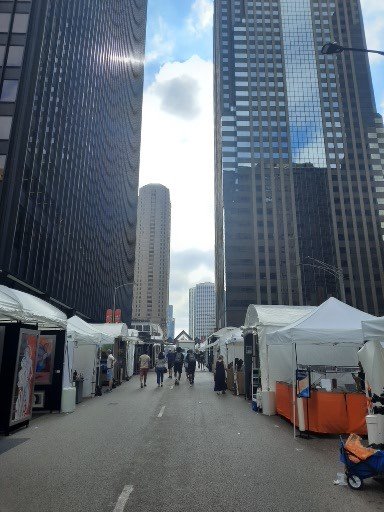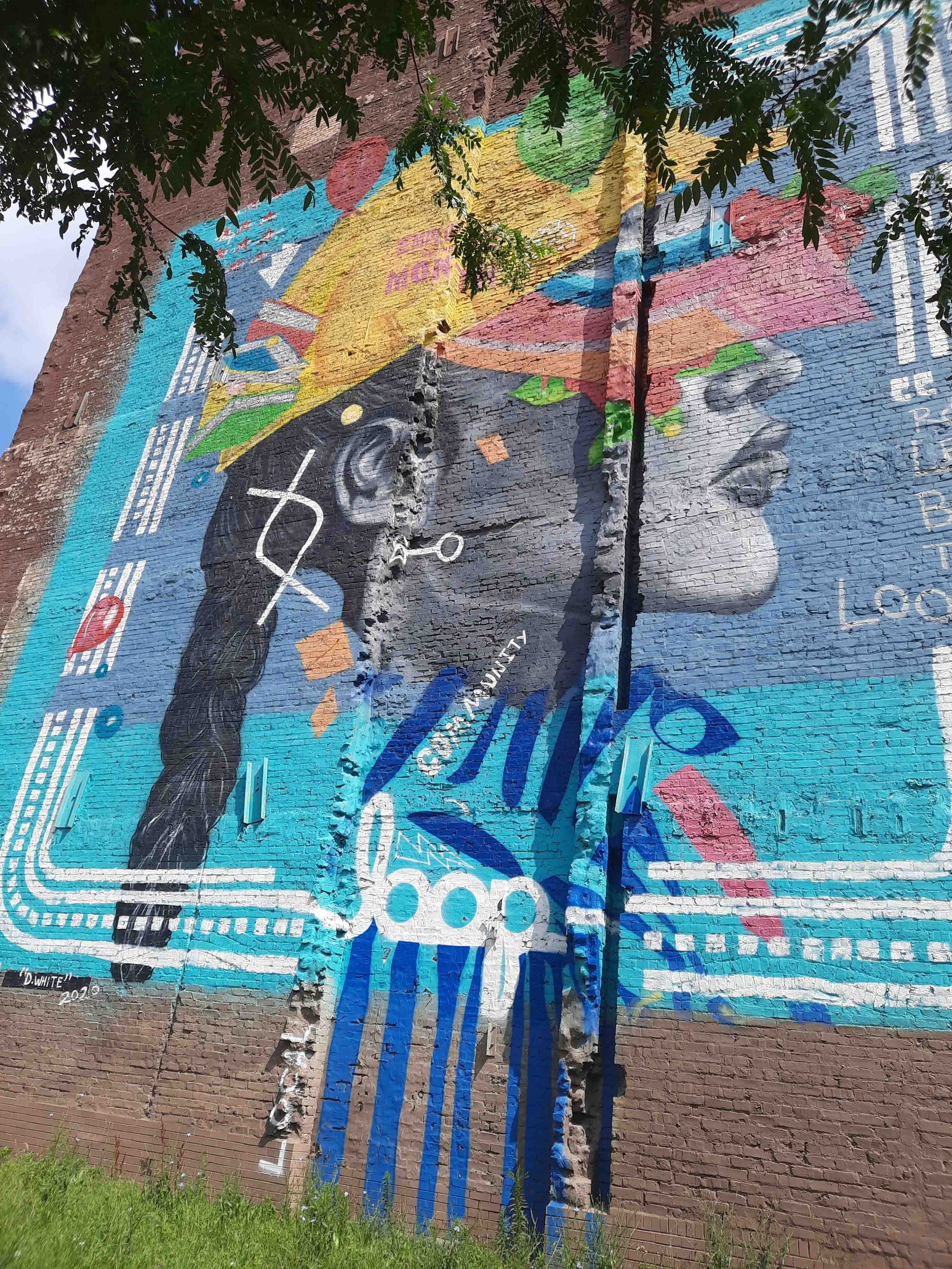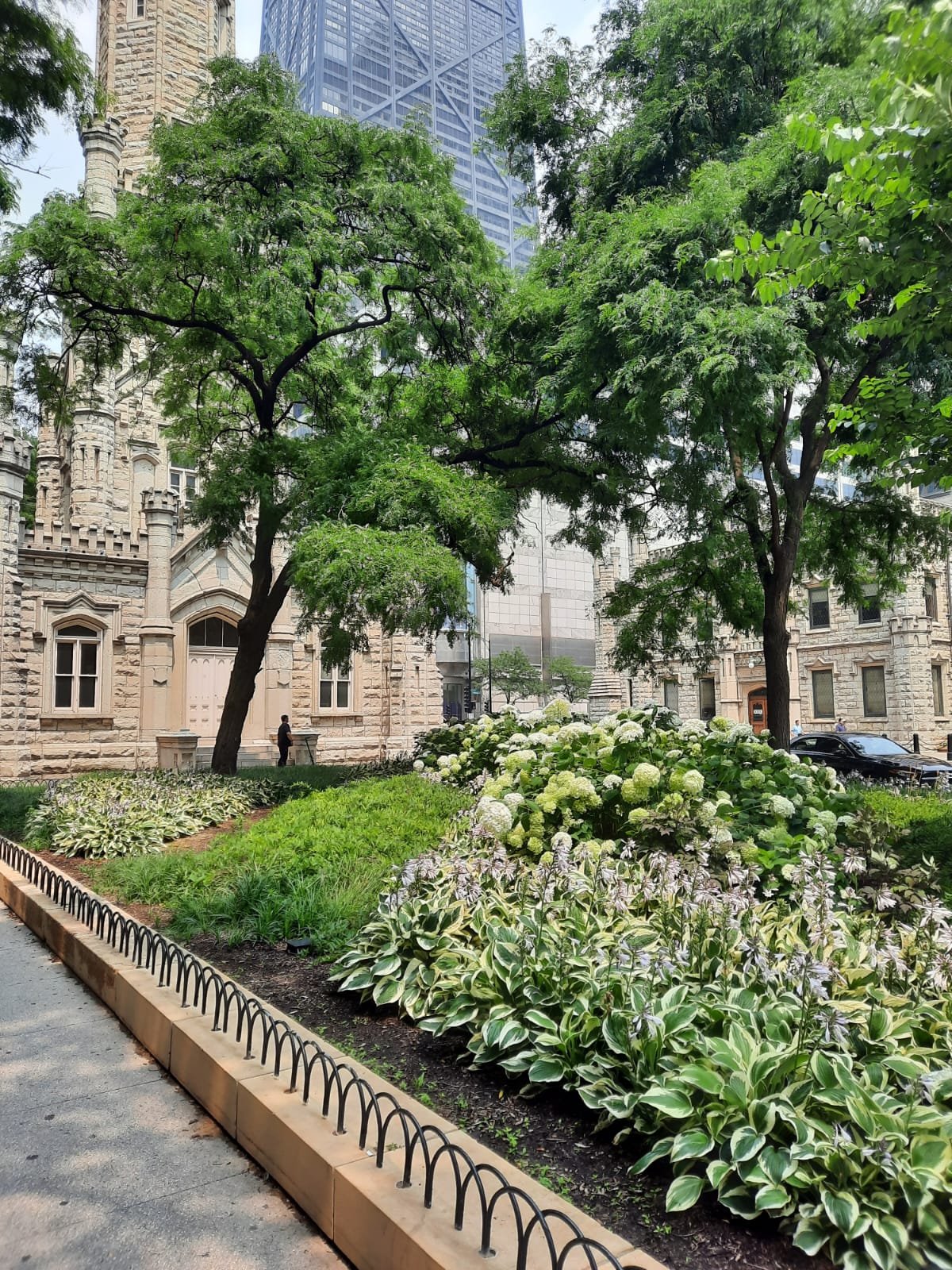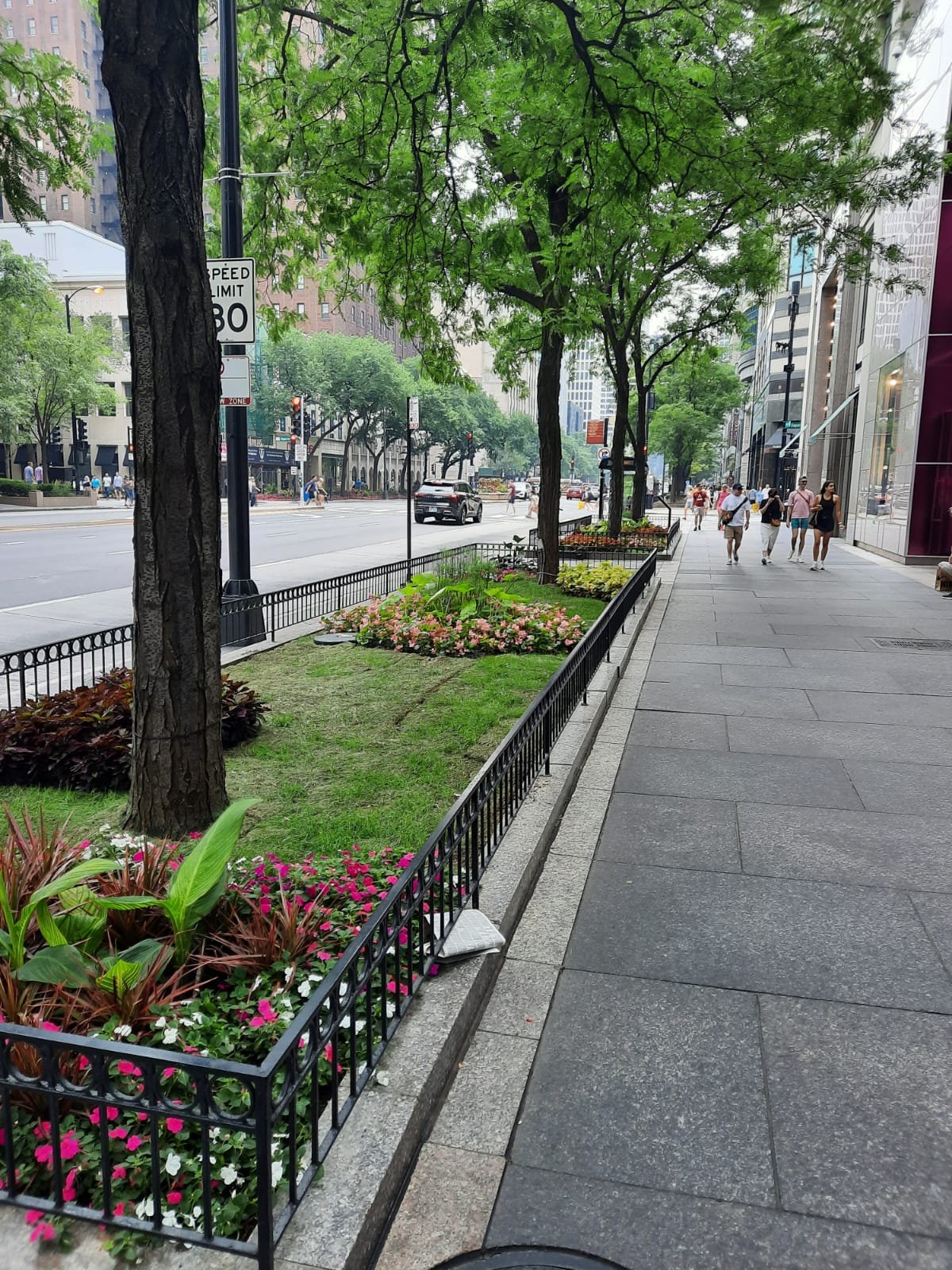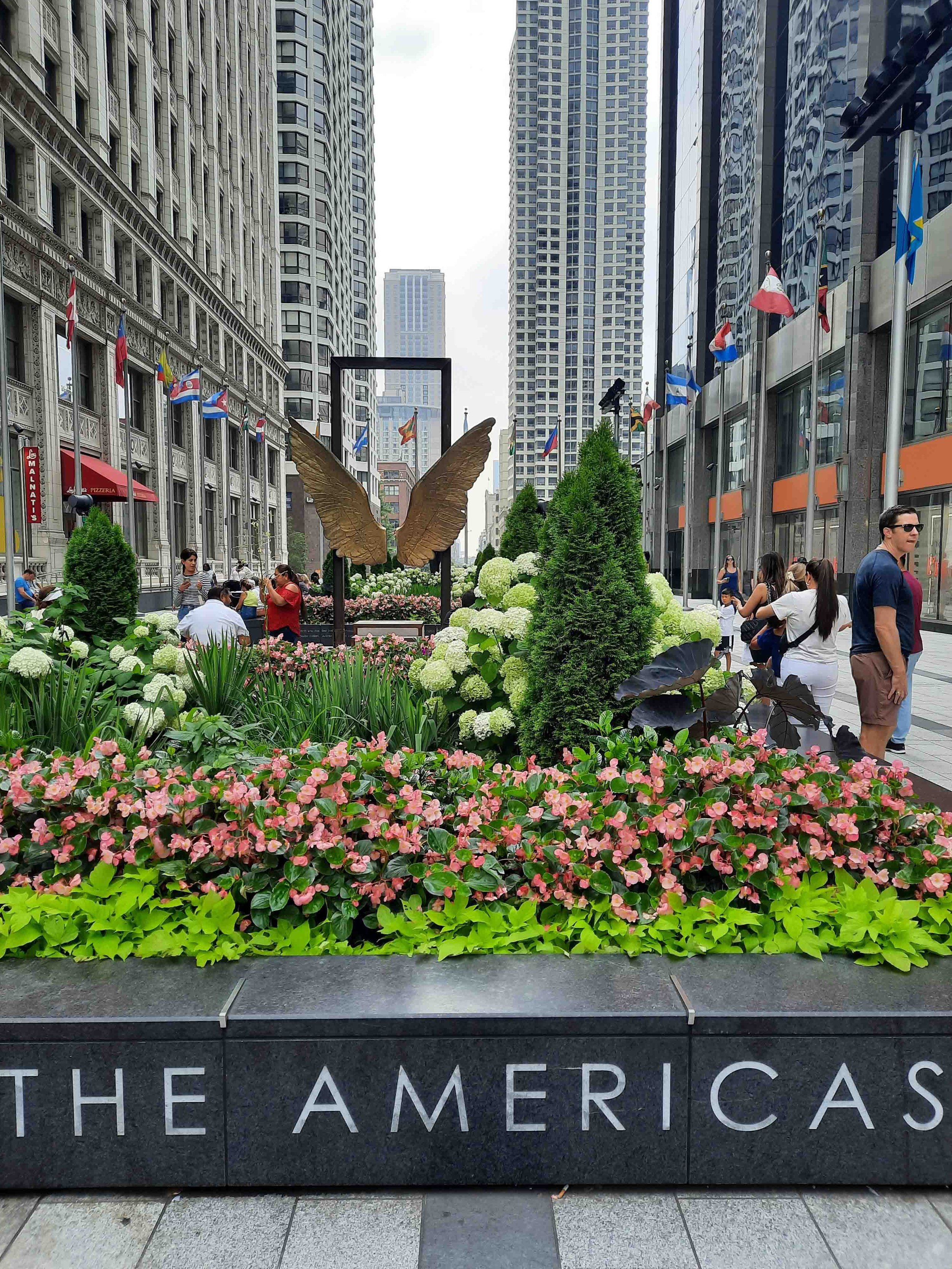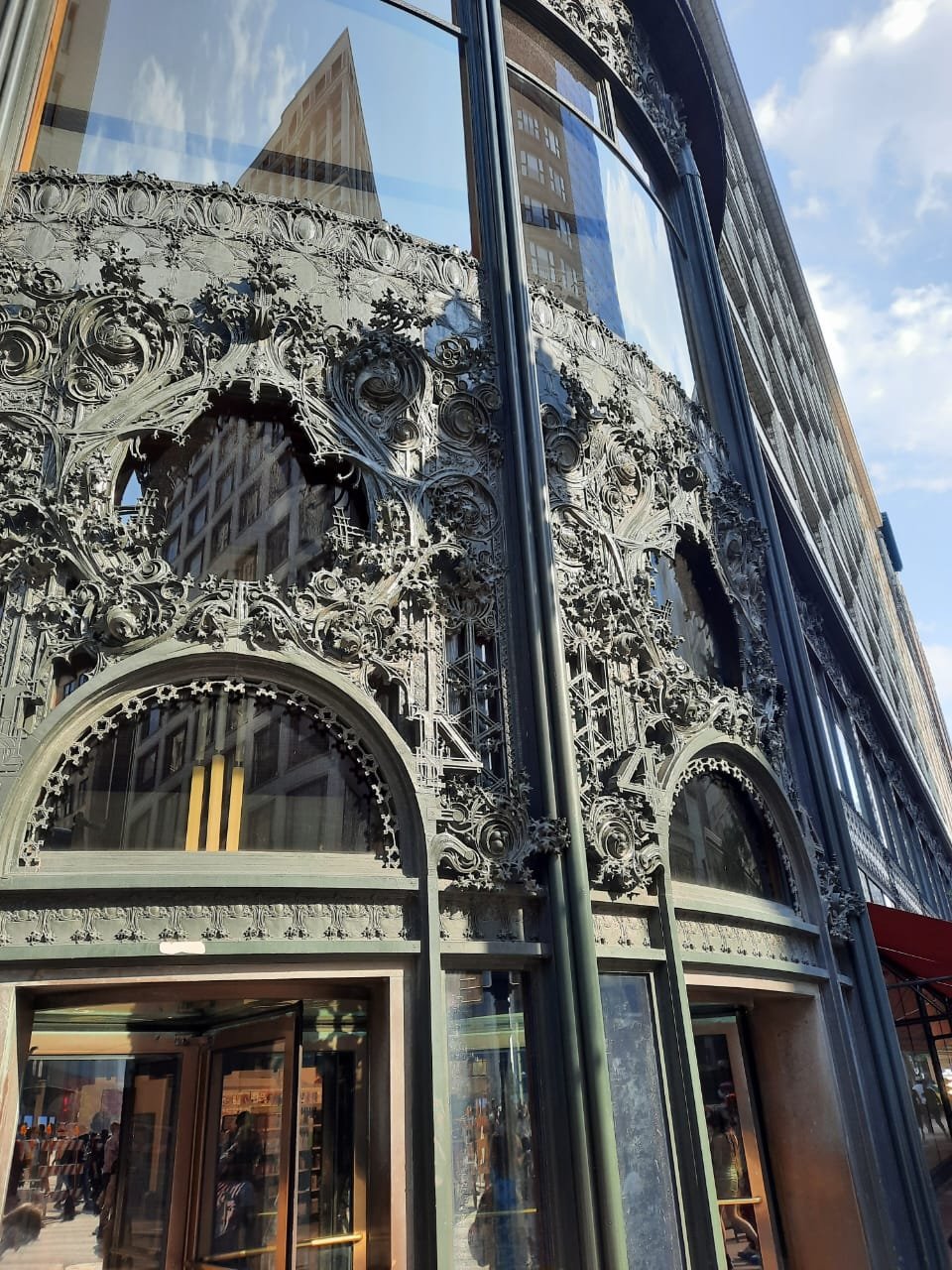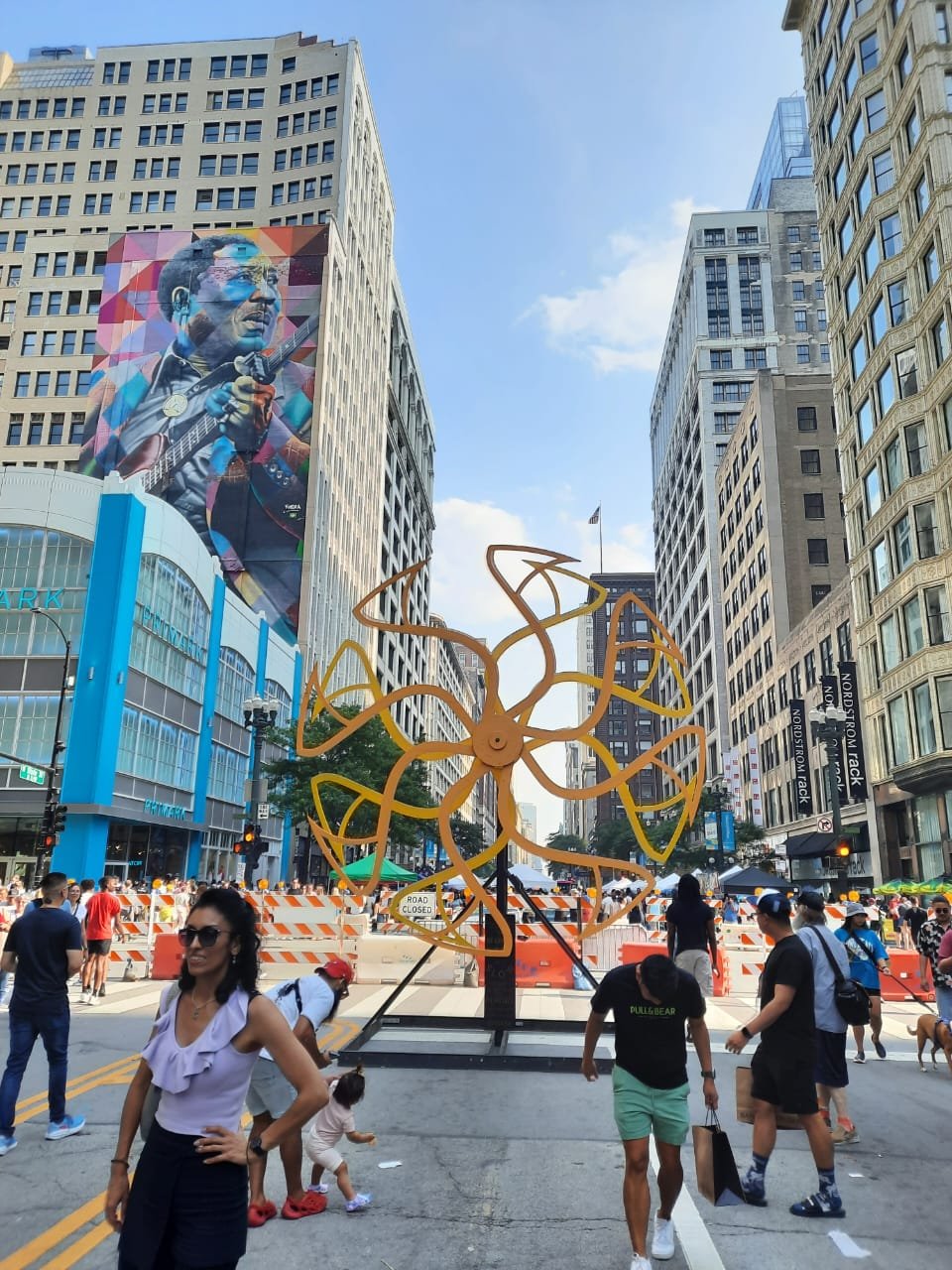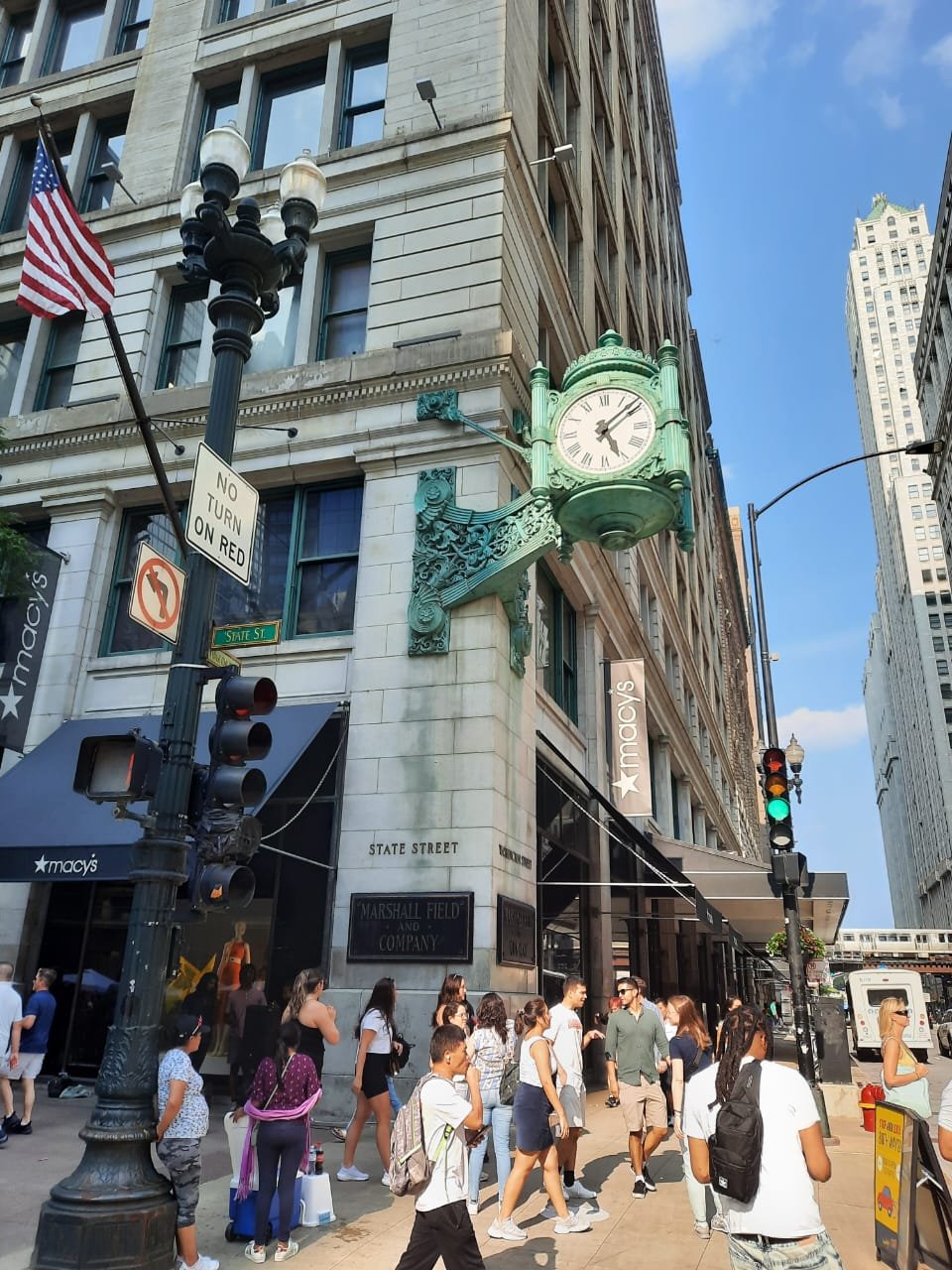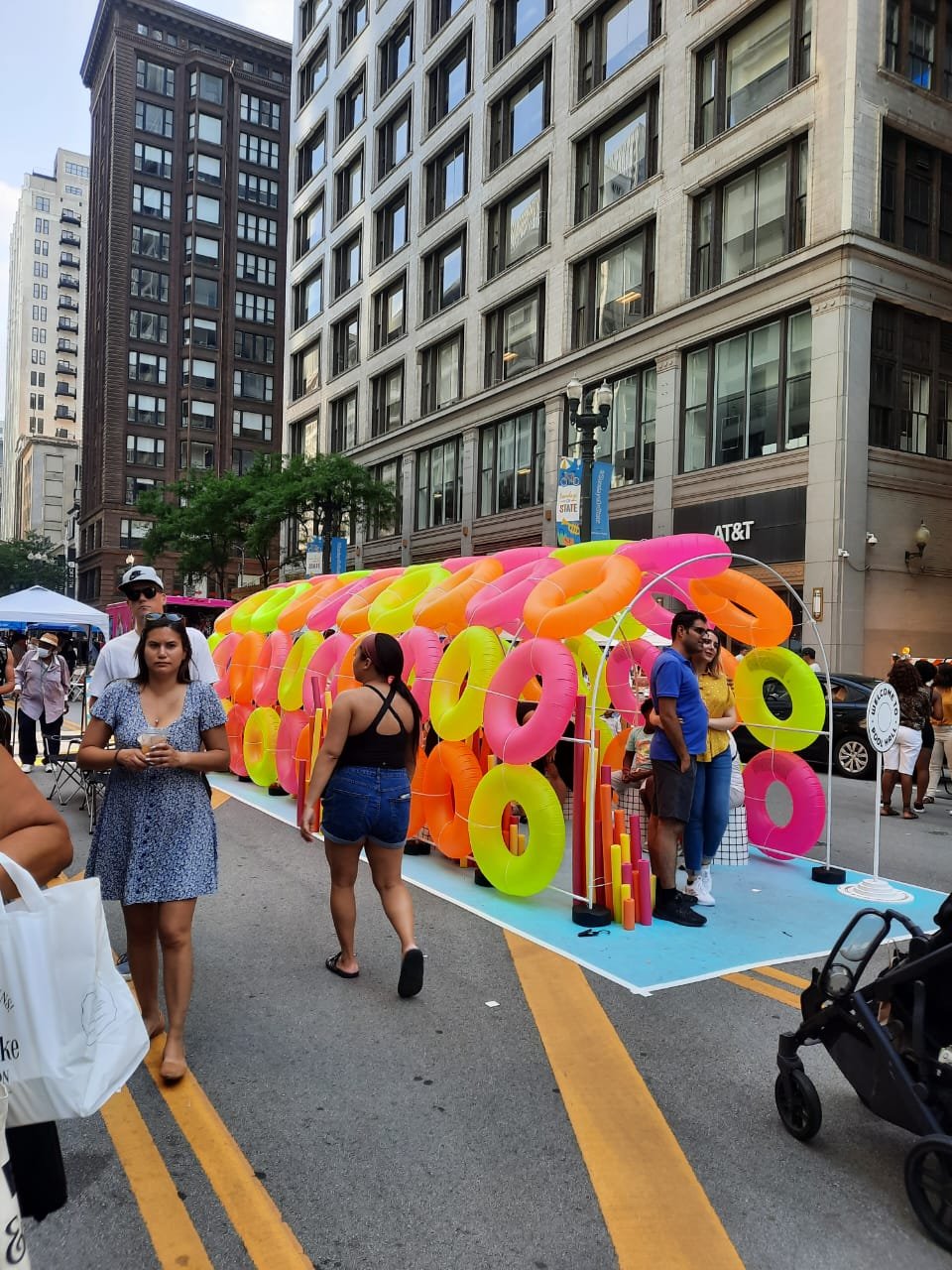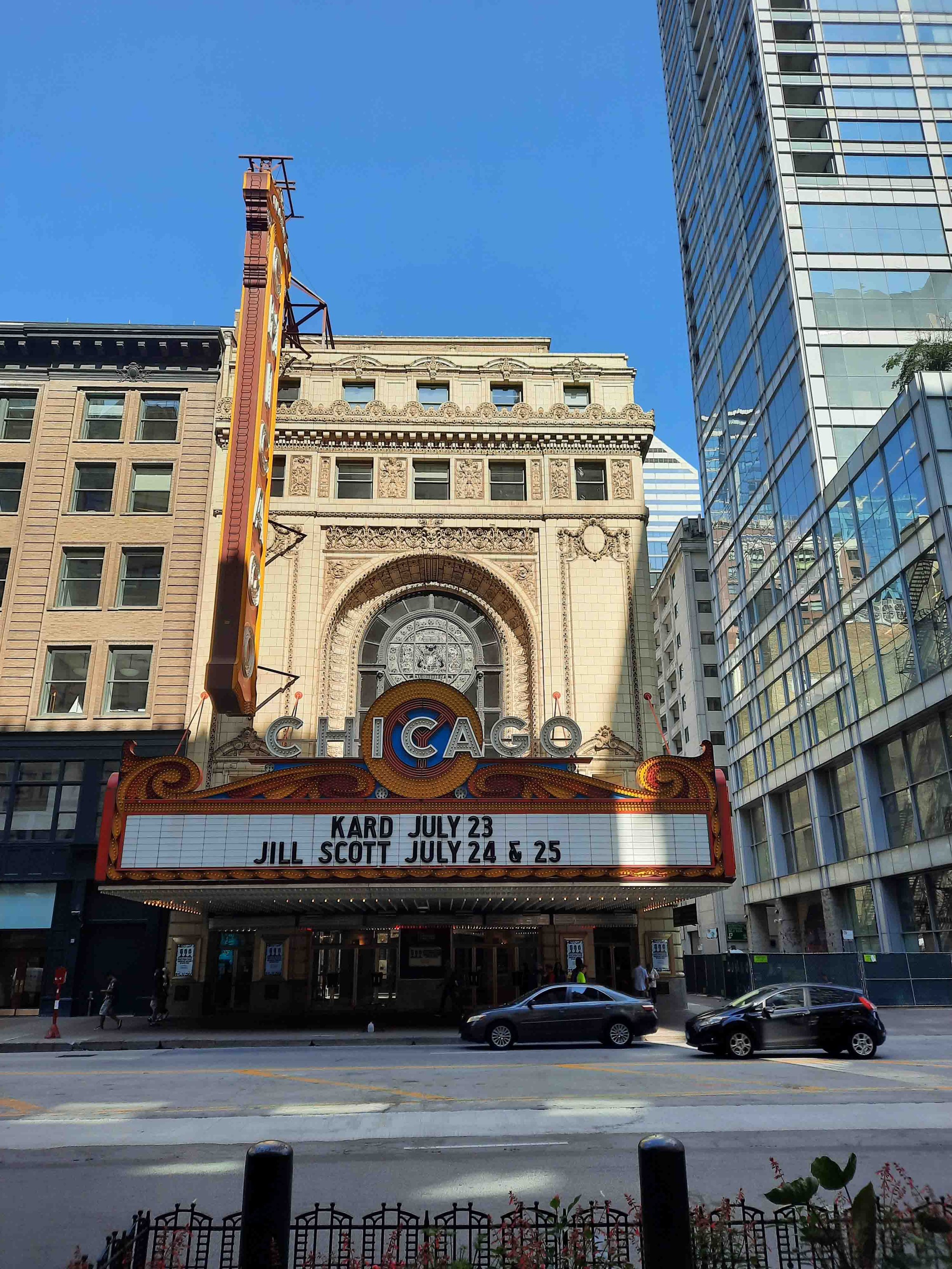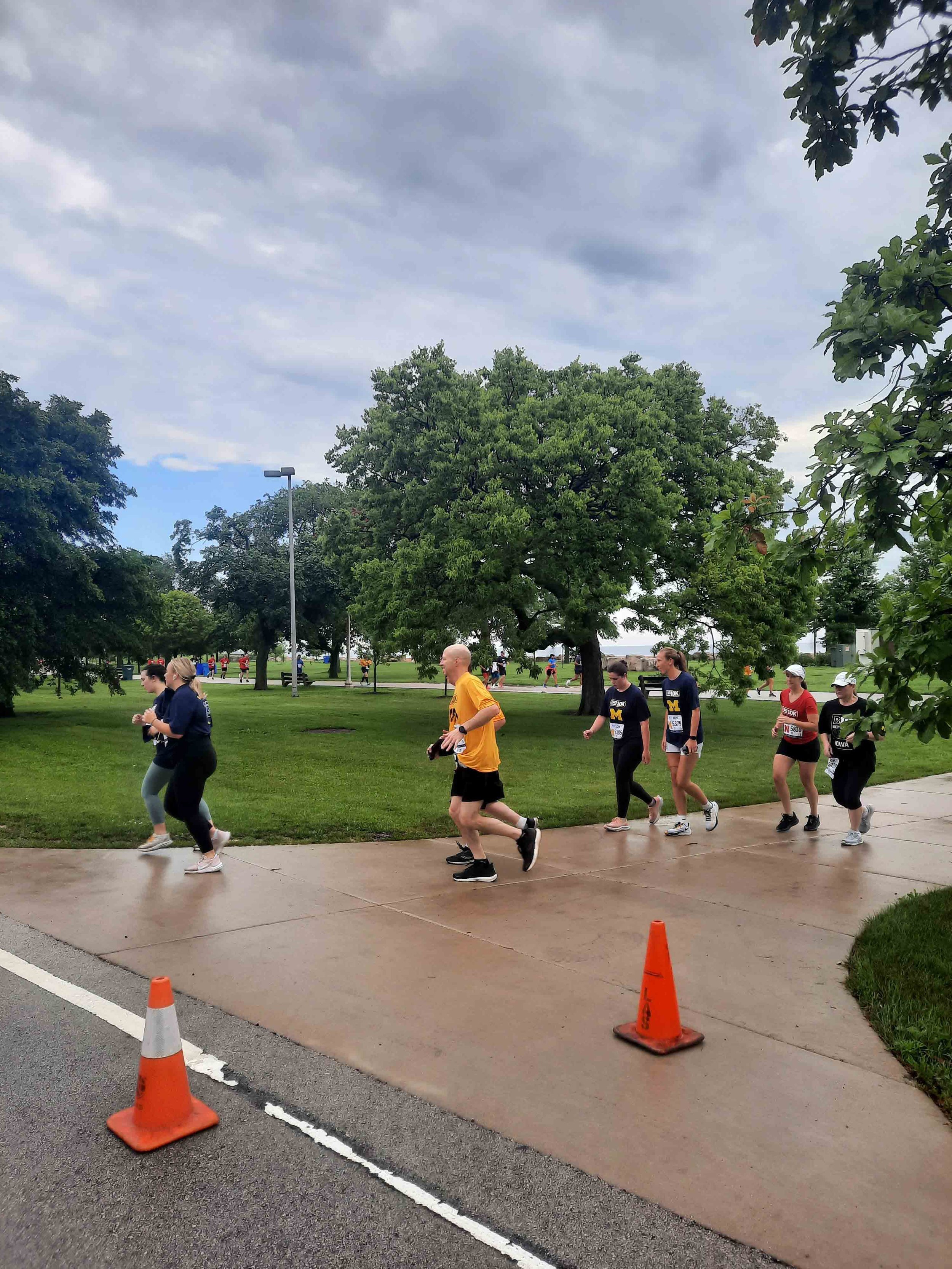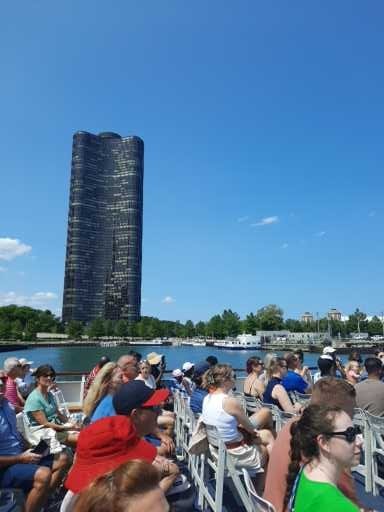Themeda triandra
Grassland Style or Meadow Style landscaping, with the predominant use of ornamental grasses in the landscape, has become increasingly popular. This is not only due to the texture, movement and interest that they add but also to the variety of contrasting seasonal foliage and color that they provide throughout the year. Grasses are generally low maintenance and they provide habitat and food for birds and other animals therefore attracting wildlife to the garden.
Aristida junciformis
Grasses Increase a Site’s Biodiversity
It is encouraging to know that when introducing grasses to a landscaping project, and specifying indigenous plants in general, that the biodiversity of the site will increase. Indigenous plants attract local insects, birds and wildlife. The Grassland Biome in South Africa is increasingly under threat due to urbanization, mining and agriculture and therefore including indigenous grasses means that a small part is played in re-establishing and enhancing vegetation communities.
Applying the grassland style to south african gardens
It is not always easy to get this style right, as the grasses often look bad in winter and need to be cut down. Adding to this, the seasonal colour planted between the grasses are often bulbs that die down completely.
But what if we reframe this challenge as an opportunity?
South Africa’s grassland biome offers a rich palette of indigenous species that are naturally adapted to seasonal rhythms, climatic conditions, and drought. By drawing inspiration from these ecosystems, we can create landscapes that are not only beautiful but ecologically resilient and low-maintenance.
Many people hope to recreate landscaping images that they find on the internet of planting styles but often these images portray plants that are not indigenous to South Africa. When looking at planting grasses in your garden please insist on using indigenous plants from South Africa and even better if they are specifically from your region.
Design Tips for grassland style planting
Layering: Combine grasses with flowering perennials and scattered bulbs to create visual rhythm and seasonal variety
Accept dormancy: Celebrate the winter phase with seasonal changes including seed heads, dry textures, and changes to foliage colour
Use repetition: Group plants together to enhance visual impact
Sporobolus stapfianus
south african grass species that work well for landscaping
I have listed some indigenous grasses that work well in landscaping with the help of an excellent grass book – A Practical Grass Selection Guide, South Africa (2016) by Waltman Botha and Ivan van der Wal as well as information shared with me by the late Johan Wentzel who was very passionate about Grasses and encouraged landscaping with them.
Some notable indigenous ornamental Grass species that can be used successfully in gardens include:
Andropogon eucomis (Snowflake Grass)
Aristida junciformis (Three Awn Grass)
Monocymbium ceresiiforme (Boat Grass)
Tricholaena monachne (Blue Seed Grass)
Eragrostis spp
Panicum natalense (Natal Panicum)
Setaria sphacelate var sphacelate (Common Bristle Grass)
Sporobolus stapfianus (Fibrous Dropseed)
Stiburus alopecuroides (Stiburus)
Melinis nerviglumis (Bristle Leaved Red Top)
Fingerhutia africana (Thimble Grass)
Chloris gayana (Rhodes Grass)
Themeda triandra (Red Grass)
Chloris gayana
combining grasses with flowering perennials
Grasses can be successfully combined with flowering perennials to add even greater colour and texture. Some flowering perennials that work well mixed with grasses:
Kniphofia spp (sometimes more water-loving)
Aloe spp
Bulbine spp
Helichrysum spp
Scabiosa columbaria
Crossandra greenstockii
Felicia amelloides
Pelargonium spp
Silene bellidioides
Agapanthus spp
Tulbaghia spp
Kniphofia
Bulbs that work well interplanted with grasses
Watsonia spp
Crocosmia spp
Crinum spp
Eucomis spp
Ornithogalum spp
Dierama spp
Scilla natalensis
Eucomis
Grasses can add value to any landscape and successfully implementing various species can bring a new South African aesthetic to landscaping. We have a wide range of beautiful plants from which to choose - Be bold with your experimentation of the Grassland Style Planting!
See previous blog post about Designing with Foliage
An indigenous nursery I always recommend: Random Harvest Nursery
Bulbine






























